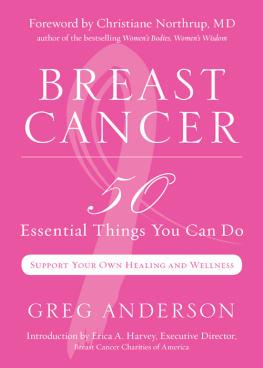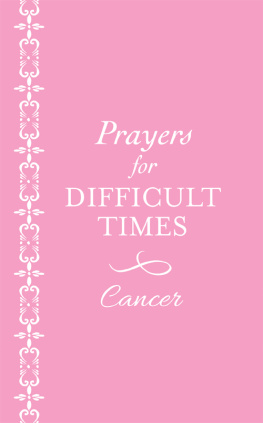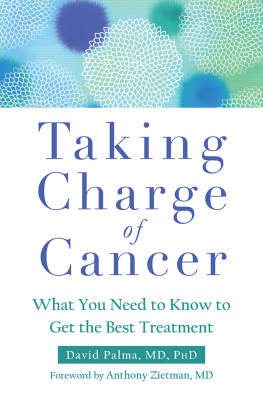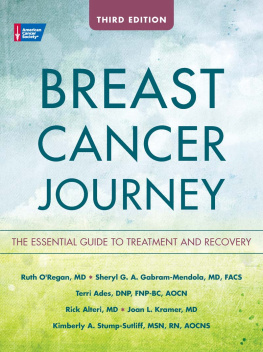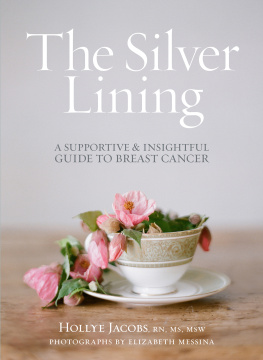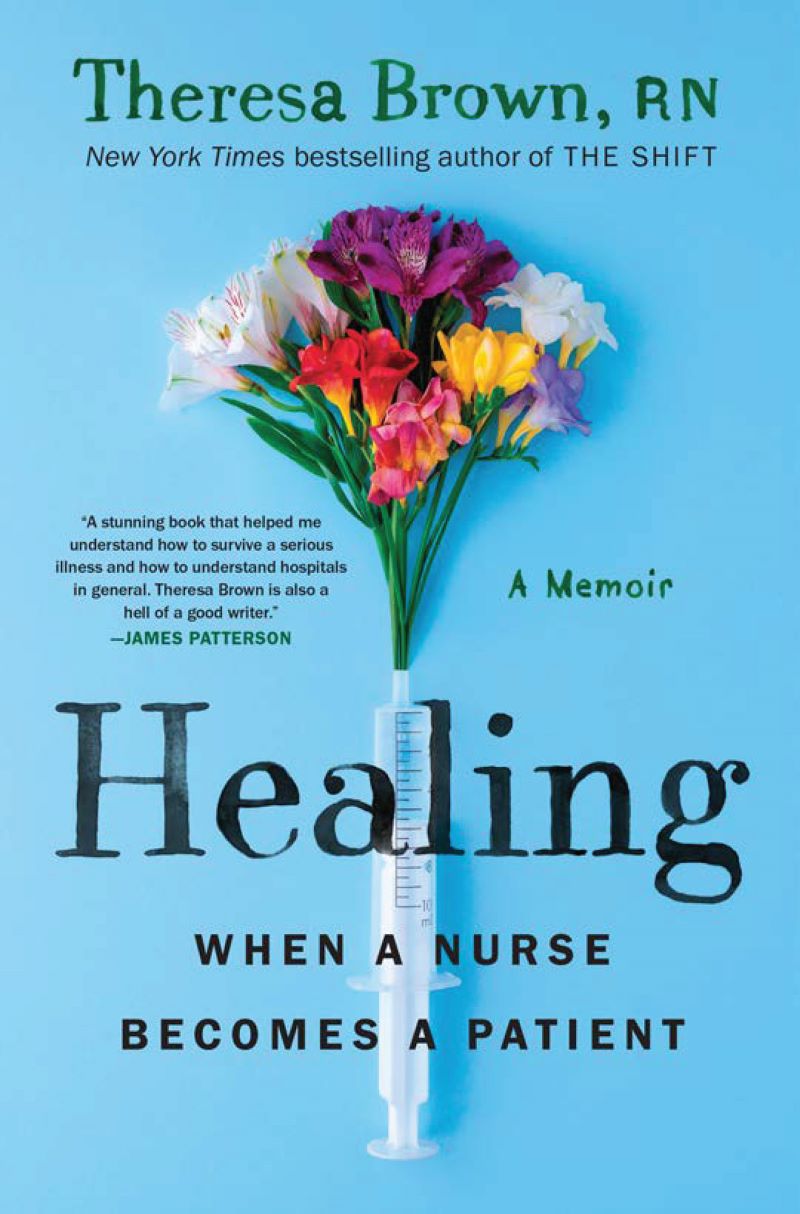Contents
Landmarks
Page List
Healing
When a Nurse Becomes a Patient

Theresa Brown, RN

Algonquin Books of Chapel Hill 2022
In Memory of Sharon
Disclaimer
This book is a work of memory, though the memories surrounding my cancer diagnosis and treatment are sometimes sharp, sometimes blurred, sometimes nonexistent. Make of that what you choose. All names and initials are changed, just because, except for Sue Larson. Youll see why when you read that chapter.
Contents
Prologue
I was reading Bad Feminist by Roxane Gay the day I went for my scan. The inside cover of the book is neon pinknot the girlish pink of Disney princesses and bubble gum, but a knowing, winking pink. The color of a bad, as in badass, feminist: the kind of person who reads Bad Feminist while waiting for a mammogram.
It was a follow-up. I had mentioned it to my husband, Arthur, who was out of town, but no one else. I always got called back. Well, not always, but often, and Id sweated the need for additional screening enough times that I had convinced myself theres no value to being anxious in advance.
I had a mammogram and an ultrasound: right side only. I waited calmly in the hallway in between the two scans, and then I waited in the ultrasound room after the tech left and before the radiologist came in. I might have wondered why the tech left, but instead I read my neon pink book, word by word, without knowing what I was reading.
A questionable scan merits an on-the-spot reading by an on-site radiologist, who came in and redid the ultrasound. She took a long time, which annoyed me, and then, once I considered why she might be slow, scared me. Finally she said, I see a mass. A mass. I saw her in profile, gray hair pulled back from her face, her eyes focused on the screen.
It might seem like she could have said more, but those four words were already too many. I didnt move, speak, or sit up, but I did begin to cry, slowly. Tears dribbled out of each eye and slid down the sides of my face as I lay, silent, on the exam table.
Im a former oncology nurse and a hospice nurse. I knew the importance of letting the doctor finish the scan, that panicking wouldnt help me or her as she took final measurements or did whatever she had to do. I figured I was knowledgeable enough about having cancer because I knew about specific cancers, that I understood cancer patients feelings because Id cared for so many, that Id confronted mortality because Id had a number of patients die. But I was wrong. Other peoples mortality is categorically different from ones own. Actual mortalitywhich is to say, minehad never, before this moment, seemed real.
Could it be a fibroid adenoma? I blurted out. Id had those before and theyre not cancerous.
No, she said, gently shaking her head. This looks ugly. She left, and as soon as I heard the door latch, I sat up and sobbed, my whole body shaking. Fear had found me and everything seemed upside down. My nurse-self had abandoned me and I had become a patient. Not just any kind of patient, either, but a cancer patient.
The ultrasound tech came back into the room so quietly I didnt hear her, but suddenly her arms were around me. She put her arms around me, a stranger, and said, They can cure this. But that was what I did: comforted strangers.
Not even a day had passed since I started my testing. It was still sunny and a little colder than normal for September, but I had changed. The nurse was lost on the bottom, the patient flailing on the top. I was terrified and sad and angry. I was afraid and forlorn and enraged. I was frightened and bereft and irate. And that was just the beginning.
Part one

Who Am I?
One
Day One
My first day as a nurse, no one seemed to be expecting me. My preceptorthe nurse teaching me the jobshowed up late. We had been told in our student clinicals that arriving late to the hospital was an unforgivable sin, but my preceptor didnt seem to care, or realize I was coming that day, and it took a while for her to get organized. Theyd given her an extra, fifth, patient, plus me, and she grumbled about the combination. An older Black woman, she had a generous smile and was deliberative in almost everything she did. She also moved unhurriedly. Quick of step, and impatient to get on with learning the job, I muttered to myself about her slowness.
A few months later, as I began to really understand how to do the job, I realized my preceptor was one of the best nurses I ever worked with, but I couldnt see it right then. Time was of the essence, I thought. Speed mattered. I was good at moving fast, at juggling, making quick decisions about which problem to solve first. This was the training of motherhood in addition to nursing. I had baby twins and a toddler in my early thirties. When the twins turned one, I noted: One year down and no missing limbs.
From Carrie P.that was my preceptors nameI learned that sometimes in nursing it takes time to notice what is really going on. You look whicky-whacky, she would say to a patient askew in a bed. We would help the patient sit up, straighten the blankets, fluff the pillows, and a human being would emerge from the pile of linen. Then we could fully see that person.
A blinking call light outside a patients room always drew Carrie P. Thats how its supposed to be, but often not how it is. Once it was a man having trouble peeing. He needed help standing uprighthe couldnt urinate sitting down. He was weak, though, and even when he stood up, it took time for him to get all his urine out. Carrie P. and I braced him, one of us on each side, holding him up. She also held the plastic urinal and talked with him, giving encouragement and making small talk as if we were all meeting over coffee. In my head the minutes ticked by, but Carrie P. showed me how considered, hands-on care gives patients respect. She never finished her shifts on time and always strove for the ideal, even though it took me awhile to recognize that.
Carrie P. had a last name, of course, but she was always just Carrie P. There must have been another Carrie at some point and the P became her differentiator. It stuck. There was no other nurse like her on the floor: so careful with patients humanity, so clinically knowledgeable. We got along well, but one chaotic day we drew blood to prep a patient for a test and I used the wrong color tubes. She came so close to losing her patience: I specifically told you to draw a blue and a yellow. I felt ashamed and stupid. The next shift I apologized for the mix-up. Things like that happen, she said, neutral, focused on our work for the coming day. In that moment I saw that Carrie P. cared about the job more than anything else, more than hurrying, more than scolding a new nurse, and I felt grateful to have her as my preceptor.
But Carrie P. usually worked nights, and my manager wanted me to train during daylight exclusively because day shift was much busier than night shift and I would learn more. I was assigned another preceptor, M, who came from white, working-class Pittsburgh. M asked me about my PhD in English, whether I had kids, and why I chose to work with cancer patients. She seemed to dislike all three of my answers and we never clicked. My manager had worked as a nurse on the floor before her promotion and a group of nurses, including my new preceptor, were still close with her. I didnt understand that navigating the cliques on the floor would be central to succeeding there and I misjudged how powerful the bonds in those cliques were. I also had no idea how mean nurses could be to other nurses, that there was a tradition of nurses eating their young.


